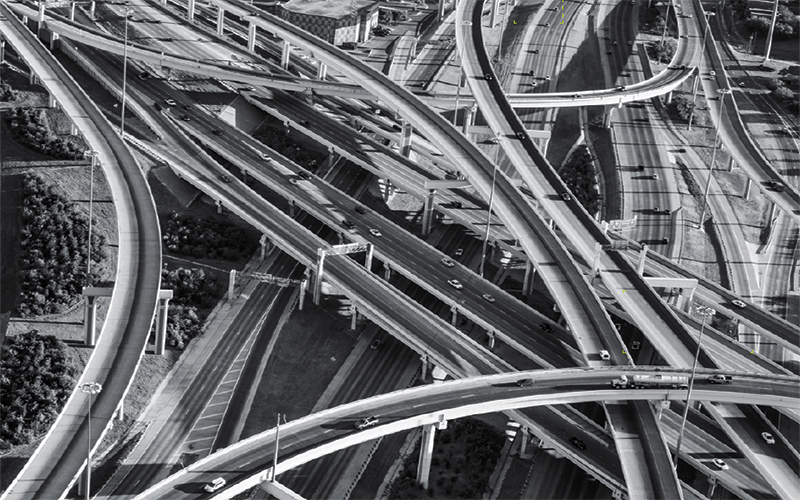While estimates for the actual value of the last-mile delivery market vary, it goes without saying that this e-commerce driven space has still has lots of room to grow into.
This is especially true when considering the rate at which last-mile distribution centers are popping up in close proximity to the population centers of major U.S. cities, according to recently published research from industrial real estate firm CBRE.
CBRE defines these last-mile, or “last touch” centers as the final point of distribution for goods before they arrive on customers’ doorsteps, though the distance from the distribution center to the customer is often more than a single mile.
In its research, CBRE tracked newly-opened (within the past two years) distribution centers smaller than 200,000 square-feet in the top 15 United States population centers.
Its chief finding was that these centers are typically between 6-to-9 miles from the population centers they serve, with denser cities more likely to have shorter average distances like San Francisco and Philadelphia at averages of 6 miles and 6.3 miles, respectively.
And cities that are more spread out have longer averages like 9 miles for the Inland Empire in Southern California and 8.5 miles in Phoenix.
“Consumers’ expectation for rapid delivery of goods ordered online is highly dependent on the ‘last mile’ of the supply chain,” CBRE wrote.
“Last-mile fulfillment is essentially the final leg of delivery rather than a literal measurement of distance. Last-mile infrastructure development is still in its early stages and the markets with shorter distances indicate more progress has been made in densely populated urban centers.”
CBRE Global Head of Industrial & Logistics Research David Egan told Logisitics Management that the impetus for growth in last-mile distribution facilities is not so much about real estate as it is about consumer activity.
“We are all consumers, and this starts with how we have all changed our behavior over the last several years,” he said.
“E-commerce is a big part of it, but it also has to do with the connection we all have through our computers and phones and, broadly speaking, the impatience we all have as people right now. We want our packages delivered as quickly as possible. We have all changed so much in that we want and expect things to happen so quickly more so now than we ever have.”
And the only way for that to happen from a last-mile perspective is to have these last-mile facilities located closer to the endpoint, which is where the last-mile comes in.
Read: What to Expect from the Logistics Sector as E-Commerce Grows Up
Egan made it clear that as last-mile continues to evolve, it is not solely about e-commerce, it also relates to other services, too, like home repairs, that are meeting a small service window, for example.
And he said it also applies to more than just large retailers and e-commerce players, as small, local businesses need to find more closely-located facilities in order to get more efficient access to customers.
“Everything across the lines is affecting this, and we are seeing it play out on the ground right now,” he said.
Looking at the average distance of last-mile, or last touch, Egan said it has shrunk considerably over time, with things changing quickly.
“In 2012, it would have been ridiculous to even consider the idea of things being delivered so quickly and arriving a few hours after being ordered,” he noted.
“Part of the reason is that is was not possible. But if you think more broadly about last touch, nearly every piece of merchandise has gone through some sort of supply chain and had one last touch at some point and that number has gone down a lot but it is hard to measure that. So much depends on what the unit is, what the user is trying to do and trying to deliver. There is a big difference in trying to deliver a big piece of furniture and delivering a book. The amount of time a customer is willing to wait is much different as are the type of merchandise, the way it is carried, packaged, and delivered.”
The average last-mile distance of 6-to-9 miles is based on the idea of quick deliveries, which Egan said lacks a true historical precedent, which makes it hard to gauge what it used to be. But he said it is fair to gauge that it has gone down by days or weeks, as well as miles, in some cases over the years.
Related Article: The Ecommerce Fight for Last Mile Freight Delivery
About the Author
Follow Robotics 24/7 on Linkedin
Article topics
Email Sign Up



















